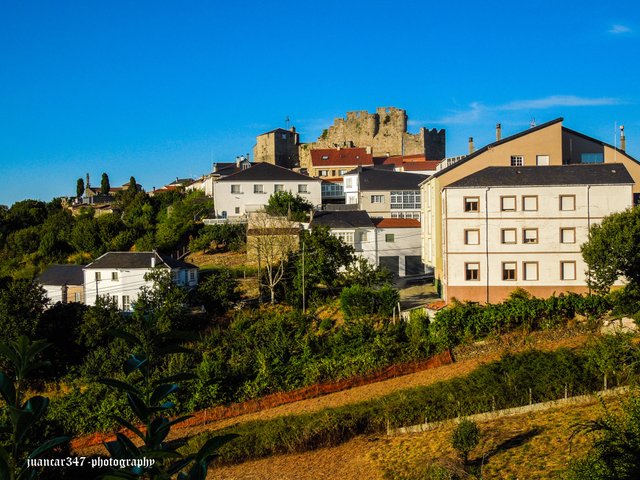[ENG-SPN] The enigmatic Castro Caldelas Castle / El enigmático castillo de Castro Caldelas
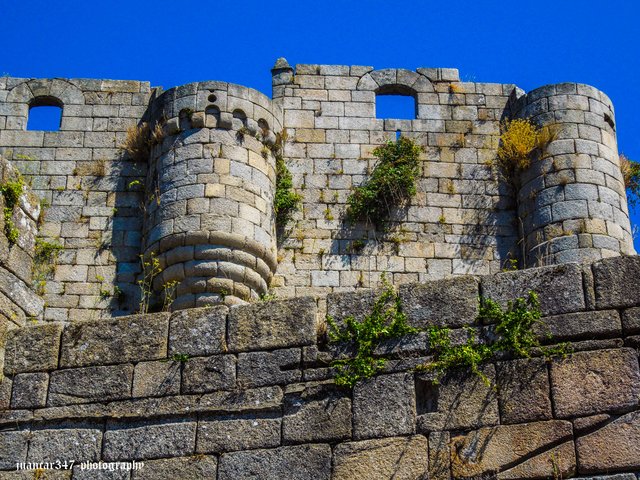
Of the four communities that make up the Mythical Land that is Galicia, where the Celts already had their own Olympus on a mountain, Pando, near the stygian waters of Cape Finisterre millennia before supernatural lights determined the resting place of the supposed remains of the Apostle Saint James the Greater, Orense, despite being the only Galician community that has no natural border with the sea, has, as compensation, beyond the fascinating Ribera Sacra, numerous places and settings of interest and mystery.
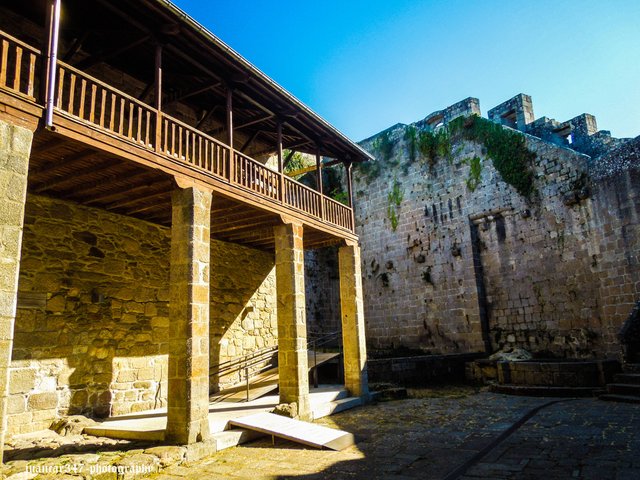
But perhaps, and as incredible as it may seem, many of these mysteries lie, uniquely, in those authentic feudal symbols that are their castles, in some of which this is evident, such as, for example, the castles of Maceda and Castro Caldelas—the latter being where they make a spectacular ‘octopussy’—where medieval stonemasons also left their distinctive marks, both on the exterior and interior ashlars.
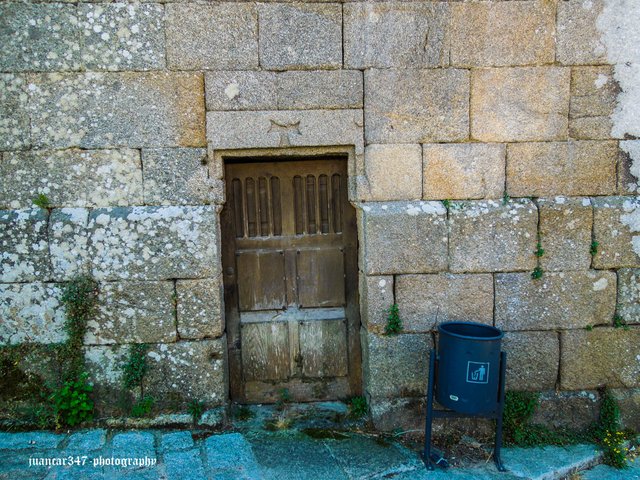
Going even further, it can be added that, in the case of the Castro Caldelas castle, there is another enigmatic attraction, which, in addition to raising suspicions, also opens the door to speculation: the presence of numerous Tau-shaped crosses—remember that this symbol was supposedly the sign the Israelites placed on the lintels of their houses in Egypt, to ward off the angel of death, in addition to being the characteristic symbol of the mysterious Order of the Antonians and also the signature adopted by that great saint and animal lover, Francis of Assisi—whose model, moreover, mysteriously lies in the fact that they are exactly identical to those found in the Templar castle of Ponferrada.
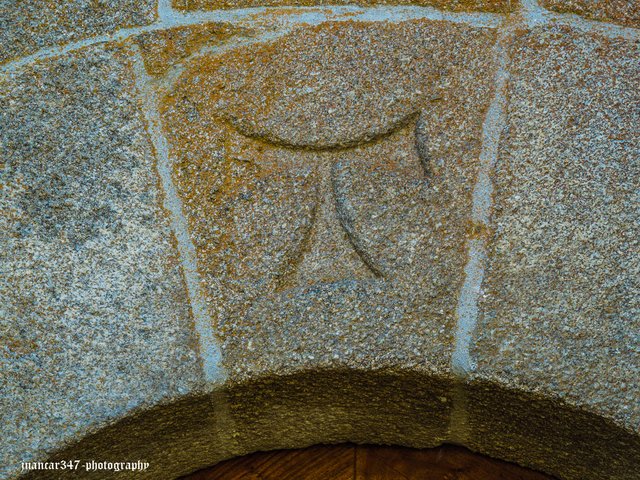
De las cuatro comunidades que conforman esa Tierra Mítica que es Galicia, donde ya los celtas tenían su propio Olimpo en un monte, el Pando, cercano a las estigias aguas del cabo de Finisterre milenios antes de que unas sobrenaturales luces determinaran el lugar de reposo de los supuestos restos del Apóstol Santiago el Mayor, Orense, aún siendo la única comunidad gallega que no tiene frontera natural con el mar, tiene, como compensación, más allá de la fascinante Ribera Sacra, numerosos lugares y escenarios, de interés y de misterio.
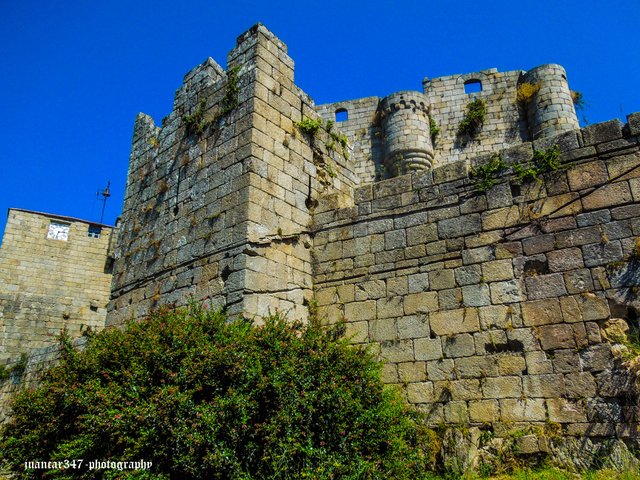
Pero quizás y por increíble que parezca, muchos de esos misterios recalan, singularmente, en esos auténticos símbolos feudales que son sus castillos, en algunos de los cuales se constata, como son, por ejemplo, los casos de los castillos de Maceda y de Castro Caldelas -lugar este último, donde hacen un ‘pulpo a feira’ espectacular- donde los canteros medievales también dejaron sus marcas distintivas, tanto en los sillares exteriores como en los interiores.

Yendo, incluso, más allá, se puede añadir, que, en el caso del castillo de Castro Caldelas, hay otro enigmático atractivo, que, además de levantar suspicacias, abre también la puerta a la especulación: la presencia de numerosas cruces en forma de Tau -recordemos que este símbolo se supone que era la señal que pusieron los israelitas en los dinteles de sus casas en Egipto, para que el ángel de la muerte pasara de largo, además de ser el símbolo característico de la misteriosa orden de los Antonianos y también la firma que adoptó aquel gran santo, amigo de los animales, Francisco de Asís- cuyo modelo, por añadidura, radica, misteriosamente, en que son exactamente idénticas a aquellas otras que se encuentran en el castillo templario de Ponferrada.
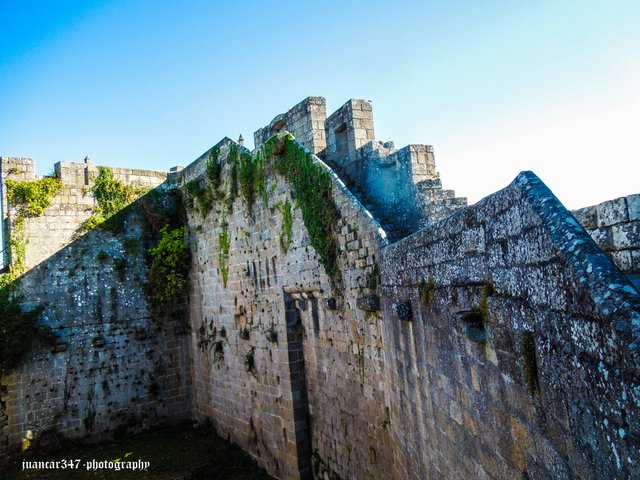
NOTICE: Both the text and the accompanying photographs are my exclusive intellectual property and are therefore subject to my copyright.
AVISO: Tanto el texto, como las fotografías que lo acompañan, son de mi exclusiva propiedad intelectual y por lo tanto, están sujetos a mis Derechos de Autor.
